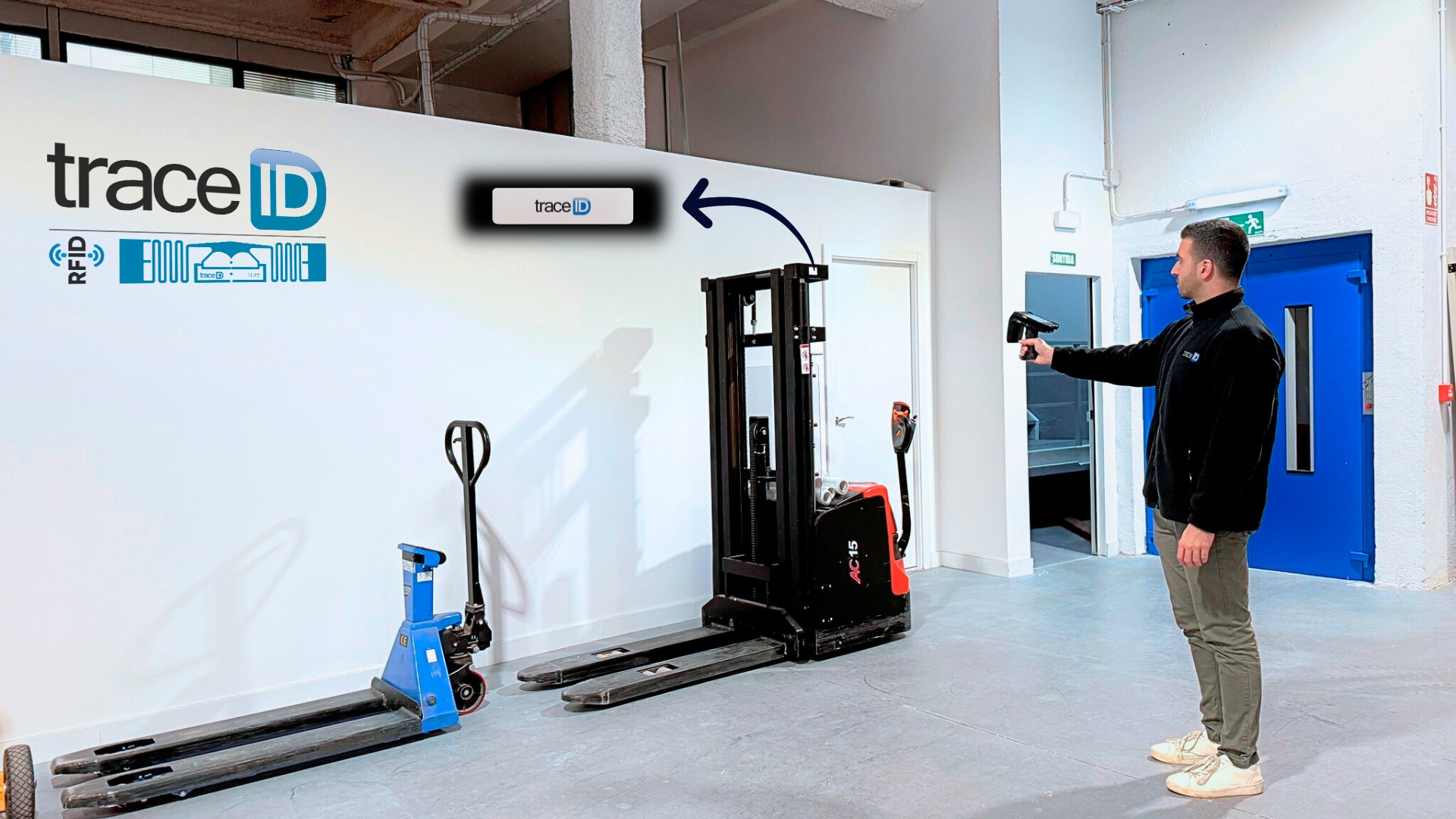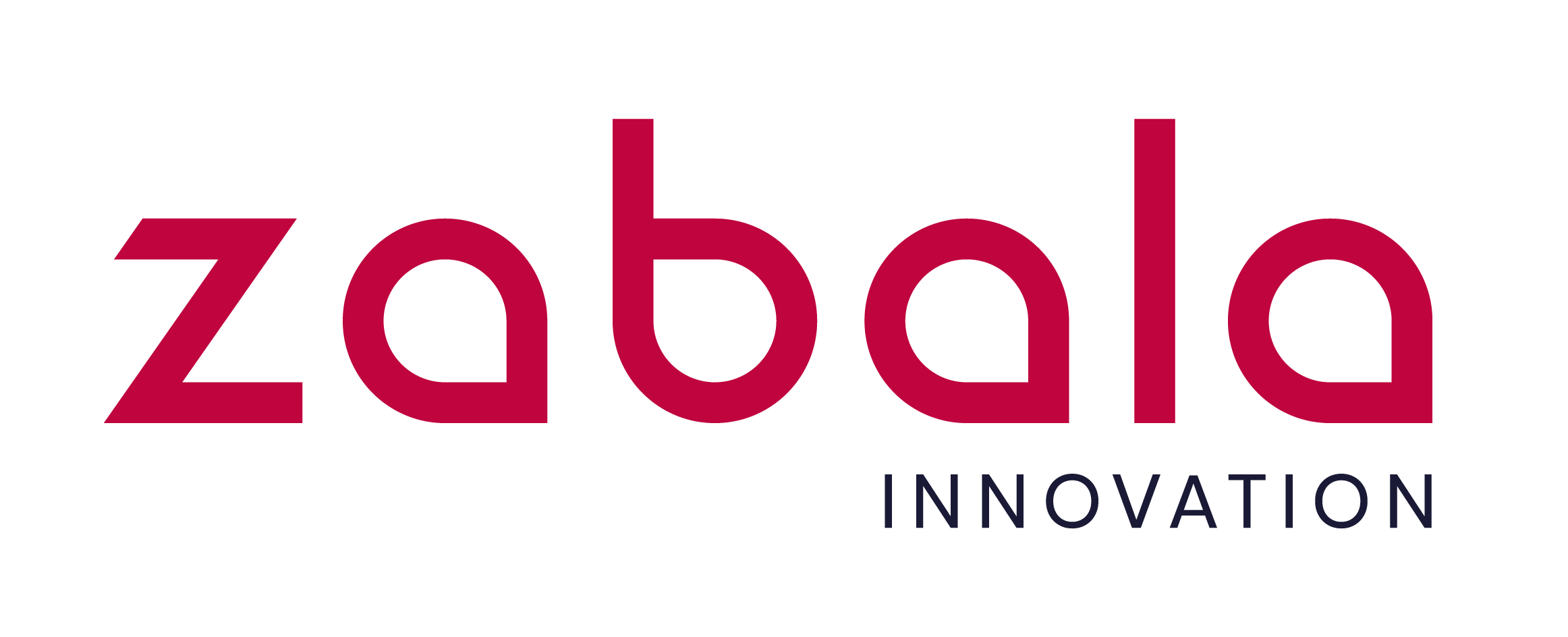In this article, we’ll explore the origins of Radio Frequency Identification (RFID) technology and follow its evolution to current developments.
The four new models of on-metal tags can be adhered directly and transmit at a distance of between four and six meters.
Companies tracking assets and inventory in metallic environments face basic challenges around the physics of RF transmission, namely reflecting the energy emitted from RFID readers which creates an interference for RFID tag antennas.
As a result, many RFID tags simply won’t respond reliably around a large amount of metal. To overcome that reality, engineering and modifications have led to a relatively higher cost tag that includes spacers or specialized antennas.
That means RFID can track metallic goods, but it will cost more.
Trace-ID is offering a solution that overcomes the high cost of on-metal tags with its new Metal Tags designed to operate in metallic environments. The four new tag models within the Metal Tags portfolio all include resistance to electromagnetic interference and extended read range, and operate in a wider variety of applications, said Joan Mirò, CEO of Trace-ID.
A Different Approach
Trace-ID, based in Spain, manufactures RFID inlays and tags, including UHF RFID tags used to track food as well as logistics and clothing inventory management. It previously offered its Metaltrace RFID tag that came with a foam layer to separate the antenna from the metal surface of the item being tracked.
The company’s latest Metal Tags use a different approach to traditional on-metal tags, based on the antenna design. The LR4515 Metal Tag is the new, standard on-metal tag for identifying and tracking metallic assets in industrial and commercial environments, said Gilberto Monasterios, chief marketing officer of Trace-ID. At 50 by 50 millimeters, it’s a square adhesive tag that can be affixed directly onto a metal object.
At 50 by 50 millimeters, it’s a square adhesive tag that can be affixed directly onto a metal object.
The other three tags are the C5006 M7, the C3218 U9 which is smaller for most use cases, and the C5030 U9. The tags are designed to enable integration into existing RFID systems for companies that have been tracking non-metallic goods with RFID already.
Asset Management
All the new versions of the Metal Tag can accomplish about four to six meters of read distance and are being tested by integrators and solution providers to transmit when attached to metal, as well as when they are surrounded by a metallic environment.
The long-range transmission of the Metal Tag is achieved in part, by the design of the antenna, company officials said, as well as the tag’s circuit impedance.
The new tags are being tested or deployed by companies that are developing solutions for asset management in a variety of industries. The tags will be applied to tools, industrial supplies, oil and gas assets such as metal drums, office equipment such as laptops, as well as small equipment and tools used in the healthcare market.
Industrial, Healthcare and Other Applications
For instance, a manufacturing company tracking the movement and status of its hand tools can apply the Metal Tags to everything from drills to wrenches. When the tools are carried through a portal, scanned out by a desktop reader, or interrogated by handheld RFID readers, the tag ID is captured and the details of that tool’s location can be updated in the user’s database or in the cloud.
Large metallic equipment used in industrial environments as well as at oil and gas sites, can be tracked at a relatively long distance, with the largest of the new Metal Tags offering a range of about six meters.
In the healthcare market, the smaller version of the new family of Metal Tags can be applied to compact tools used by surgeons during patient procedures to ensure proper use and cleaning of the tools with each patient.
Cost at $0.20 to $0.55
One of the key goals for Tag-ID, said Monasterios, is “to offer a more affordable solution for applications where there are lots of metal products.”
To that end, the company has priced the new tags at about 20 to 55 cents per tag, when purchased in limited quantities; the longer range versions may cost more. The priority is to offer RFID tags for metal objects to companies that couldn’t afford the high price of on-metal tags in the past.
The tags are not intended to be ruggedized, so in the case of industrial settings, companies may have to create their own enclosures if the tags will be exposed to a challenging environment.
The new tags come with Impinj Monza 7, Monza 8 or NXP Semiconductor’s Ucode 9 ICs. All four are commercially available now.
“We’ve ensured that our tags are compatible with a wide range of existing systems, making it easy to integrate them into established logistics and access control environments,” said Monasterios.
Key Takeaways:
Trace-ID’s new Metal Tags are aimed at a low cost solution for tracking goods and assets with RFID in a metallic environment.
The new tags are being piloted for managing everything from metal drums to surgical tools and laptops.
RFID has come a long way since its inception. From its early developments to its widespread use today, RFID has proven its value across numerous sectors. As advances continue to shape the technology, RFID is poised to play an increasingly important role in streamlining processes, improving efficiency, and creating a smarter, more connected world.
Contact us for more information focused on your needs. If you wish to receive information about RFID technology, subscribe to our magazine.






